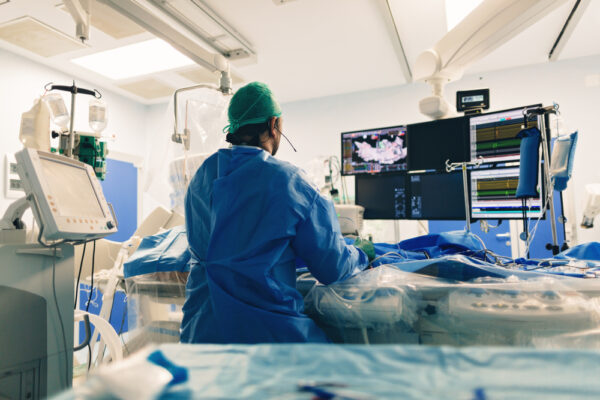Heart-related problems do not always require surgery. Sometimes they can be addressed with lifestyle changes, medications, or nonsurgical procedures. For example, catheter ablation uses energy to make small scars in your heart tissue to prevent abnormal electrical signals from moving through your heart. Coronary angioplasty is a minimally invasive procedure in which a stent is inserted into a narrowed or blocked coronary artery to hold it open. Nonetheless, surgery is often needed to address problems such as heart failure, plaque buildup that partially or totally blocks blood flow in a coronary artery, faulty heart valves, dilated or diseased major blood vessels (such as the aorta), and abnormal heart rhythms.
Heart surgery is any surgery done on the heart muscle, valves, arteries, or the aorta and other large arteries connected to the heart. The term "open heart surgery" means that you are connected to a heart-lung bypass machine, or bypass pump during surgery.


